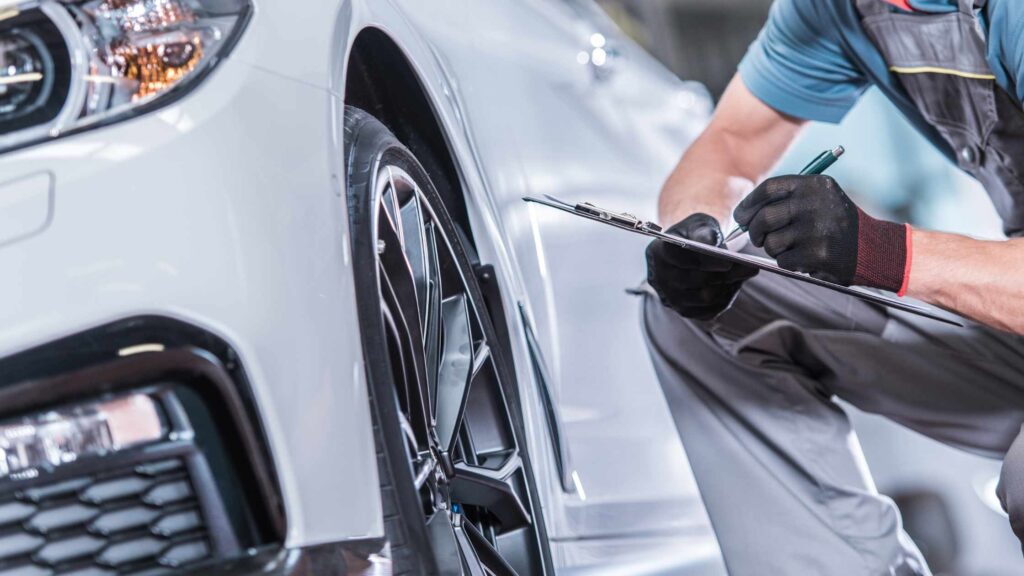Introduction
Have you ever found yourself bewildered by the myriad of technical terms and specifications associated with cars? As a car enthusiast, it’s important to have a solid understanding of the jargon used in the automotive world. This article aims to decode some of the most common car specifications and terms, helping you navigate through the complexities and enhance your knowledge. So, let’s dive right in!
Displacement and Engine Type
One of the key specifications you’ll often encounter when researching cars is engine displacement. This refers to the total volume of all the cylinders in an engine, generally measured in liters or cubic centimeters (cc). It indicates the capacity of the engine and is directly related to its power output. Generally, a larger displacement implies more power.
Furthermore, it’s important to understand the different engine types:
- Inline: In this configuration, the cylinders are arranged in a straight line. They are known for providing good fuel efficiency and are commonly found in entry-level cars.
- V-Shaped: This engine configuration features cylinders arranged in a V-shape. The angle between the two banks can vary, and V6 and V8 engines are quite popular due to their balance of power and efficiency.
- Boxer: Boxer engines have horizontally opposed cylinders, with each pair of pistons moving in opposite directions. This configuration results in a lower center of gravity, improving stability and handling.
Horsepower and Torque
Horsepower and torque are two terms often used to describe an engine’s performance. Understanding these specifications will give you a better idea of a car’s capabilities.
- Horsepower: It represents the power output of an engine and determines how fast a car can accelerate. The higher the horsepower, the faster it can go. It is a unit of measurement calculated by considering the engine’s torque and RPM (revolutions per minute).
- Torque: Torque refers to the twisting force an engine generates. It measures the ability of the engine to do work, such as pulling or towing. Higher torque is advantageous for tasks that require increased pulling power.
Transmission Types
When it comes to transmissions, there are mainly two types to consider:
- Manual: Also known as a “stick shift”, this transmission requires the driver to manually engage the gears using the clutch pedal. It provides more control over the vehicle but demands a certain level of skill.
- Automatic: With an automatic transmission, the gears shift automatically, allowing the driver to focus solely on acceleration and braking. This type is more convenient and popular for everyday city driving.
In recent years, hybrid and electric cars with advanced transmission systems, such as CVT (Continuously Variable Transmission) and dual-clutch transmissions, have gained popularity due to their fuel efficiency and seamless shifting.
Suspension and Handling
The suspension system of a car plays a crucial role in providing a comfortable and safe ride. Understanding the key components and their functions helps in evaluating a car’s handling capabilities.
- Struts: Struts combine the shock absorber and coil spring into a single assembly. They provide support and help absorb the impact of bumps and uneven roads.
- Coil Springs: These springs are responsible for maintaining the height of the vehicle and absorbing shocks. They ensure a smooth ride by absorbing and minimizing the impact from bumps and potholes.
- Anti-roll Bars: Anti-roll bars, also known as sway bars, reduce body roll during cornering and maintain stability. They connect the left and right sides of the suspension, helping distribute the weight evenly.
- Independent Suspension: In a car with independent suspension, each wheel is allowed to move separately. This setup improves traction, handling, and overall ride comfort.
Safety Features
As car manufacturers strive to enhance overall safety, numerous advanced safety features have been introduced in modern vehicles. Understanding these features can help you make an informed decision when choosing a car.
- Anti-lock Braking System (ABS): ABS prevents the wheels from locking up during emergency braking, thereby maintaining control and reducing stopping distances.
- Electronic Stability Control (ESC): ESC helps maintain stability by applying individual brakes and reducing engine power to counteract skidding and loss of control.
- Collision Avoidance Systems: These systems use sensors, cameras, and radars to detect obstacles and provide warnings or even take corrective actions to avoid potential collisions.
- Blind Spot Monitoring: This feature alerts the driver to the presence of vehicles in the blind spots, reducing the risk of accidents during lane changes.
- Lane Departure Warning (LDW): LDW uses cameras to detect the vehicle’s position within the lane and provides visual, audible, or haptic alerts if the vehicle deviates without the use of turn signals.
Summary
Navigating through car specifications and jargon can be challenging, especially for those new to the automotive world. However, by understanding key terms such as displacement, horsepower, torque, transmission types, suspension, and safety features, you’ll be equipped with valuable knowledge to make informed decisions when buying or discussing cars. So next time you come across complex terminology, don’t be intimidated; decode it with confidence!







